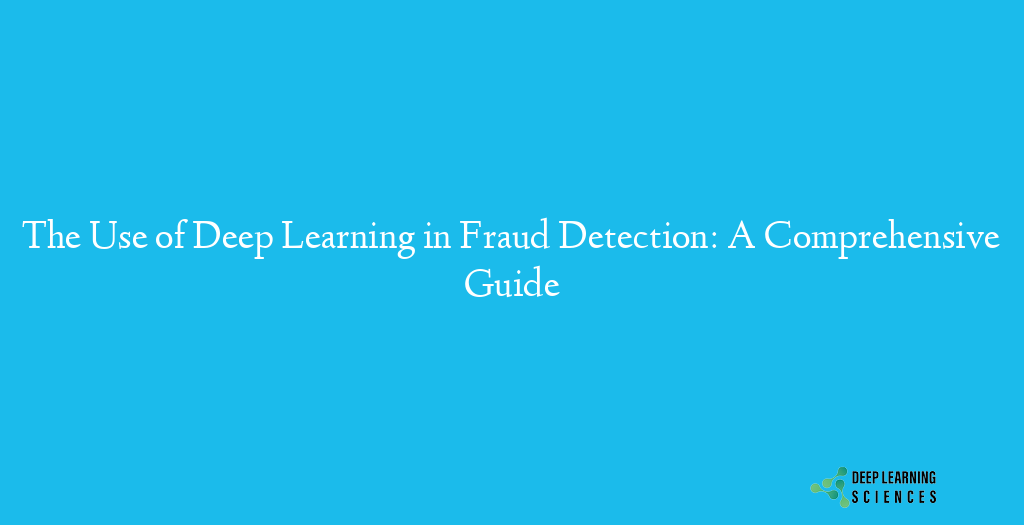Fraudulent activities continue to pose a significant threat to businesses worldwide. From credit card scams to identity theft, the impact of fraud can be devastating, both financially and reputation-wise. To combat this, businesses are turning to advanced technologies such as deep learning to improve their fraud detection capabilities.
In this article, we will provide a comprehensive guide on the use of deep learning in fraud detection. We will discuss how deep learning works, its benefits and challenges, and its applications in various industries. So, let’s get started.

Deep learning is a subset of machine learning that involves the use of artificial neural networks to perform complex tasks. The neural networks are designed to simulate the human brain, enabling them to learn and improve on their own.
Deep learning algorithms are particularly effective in tasks that require pattern recognition, such as image and speech recognition. However, they can also be applied to other tasks, including fraud detection.
Benefits of Deep Learning in Fraud Detection
The use of deep learning in fraud detection offers several benefits, including:
- Improved accuracy: Deep learning algorithms can analyze vast amounts of data and identify patterns that may be missed by humans. This results in more accurate fraud detection and fewer false positives.
- Faster processing: Deep learning algorithms can process large amounts of data quickly, enabling businesses to detect fraud in real-time.
- Adaptability: Deep learning algorithms can adapt to changing fraud patterns, making them more effective than traditional rule-based systems.
Also Read: Softmax Vs Sigmoid – Detailed Points
Challenges of Deep Learning in Fraud Detection
While deep learning offers many benefits, it also presents some challenges, including:
- Data quality: Deep learning algorithms require high-quality data to be effective. If the data is incomplete or inaccurate, the algorithms may produce unreliable results.
- Interpretability: Deep learning algorithms can be difficult to interpret, making it challenging to understand how they arrived at their conclusions.
- Cost: Developing and implementing deep learning algorithms can be expensive, particularly for small businesses.
Applications of Deep Learning in Fraud Detection
Deep learning can be applied in various industries to improve fraud detection. Here are some examples:
- Banking and finance: Deep learning algorithms can be used to detect credit card fraud, money laundering, and identity theft.
- E-commerce: Deep learning algorithms can be used to detect fraudulent transactions on e-commerce platforms.
- Healthcare: Deep learning algorithms can be used to detect fraudulent insurance claims and prescription fraud.
Conclusion
The use of deep learning in fraud detection is a rapidly growing field with significant potential for improving fraud detection capabilities. While it presents some challenges, the benefits of deep learning, including improved accuracy, faster processing, and adaptability, make it an attractive option for businesses looking to enhance their fraud detection capabilities.
FAQs
Can deep learning algorithms be used to detect all types of fraud?
While deep learning algorithms are effective in detecting many types of fraud, they may not be suitable for all types. For example, they may not be effective in detecting social engineering scams that rely on human interaction.
How do businesses implement deep learning algorithms for fraud detection?
Implementing deep learning algorithms requires specialized knowledge and expertise. Many businesses partner with data science companies to develop and implement these algorithms.